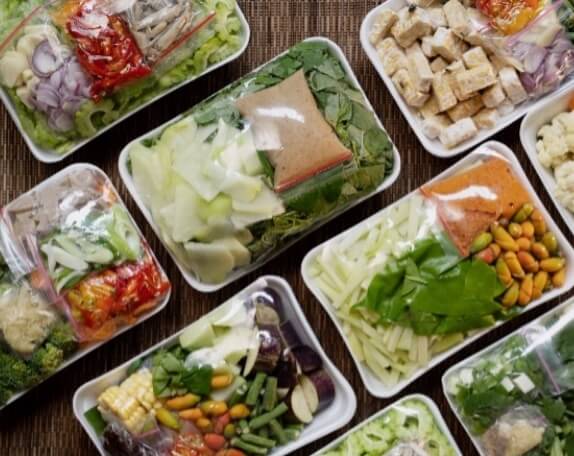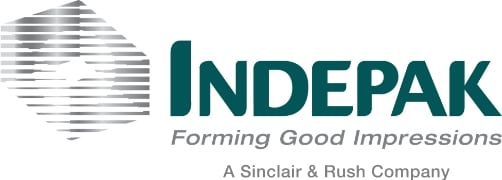While cavemen probably worried little about food packaging, for many centuries, humans have spent a good deal of time researching, designing and improving food packaging. As time has progressed, food manufacturers have enjoyed more and more packaging options including the plastic food packaging we produce here at Indepak.
The Creation of Food Packaging
Ancient Greeks and Egyptians created many types of glass jars and containers to hold food and liquids as far back as 1500 BCE; however it was Napoleon who in many ways jump started a revolution in safe food packaging. In the early 19th century, Napoleon offered 12,000 francs to anyone who could design a way to preserve and carry food safely for his troops.
Not surprisingly, it was a French chef named Nicolas Appert that rose to the challenge. Known as the father of canning, he developed a food packaging method that protected food by sealing it and then placing the sealed jar or packaging into boiling water. Keep in mind, this development came about several years before a link with Louis Pasteur revealed his groundbreaking theory that heat could be used to kill bacteria.
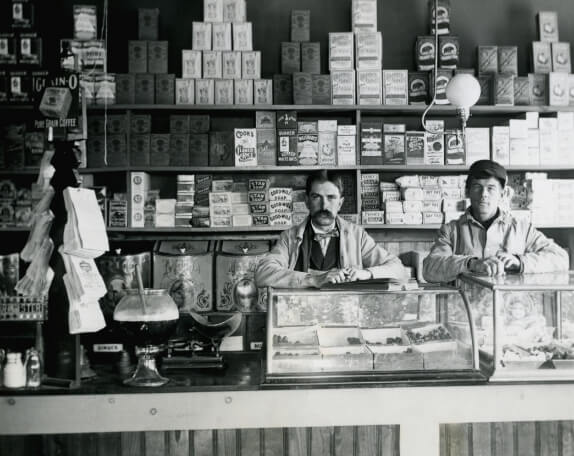
Food Packaging Materials
Within just a few years, glass jars and metal tins were being sealed using this method and this became the standard for food packaging. While the development of plastic food packaging would be years away, the first paperboard food packaging was developed around 1817, and before the turn of the century, paperboard cartons were used to hold cereals, crackers and cookies.
When it comes to plastic food packaging, the first step into that world arrived in 1908 with the invention of cellophane. This substance was developed by a Swiss chemist and by the 1920s; this substance was being produced in Europe as well as the United States. Because it is difficult for substances such as grease, bacterial, oils or oxygen to permeate cellophane, this because an excellent option for food packaging.
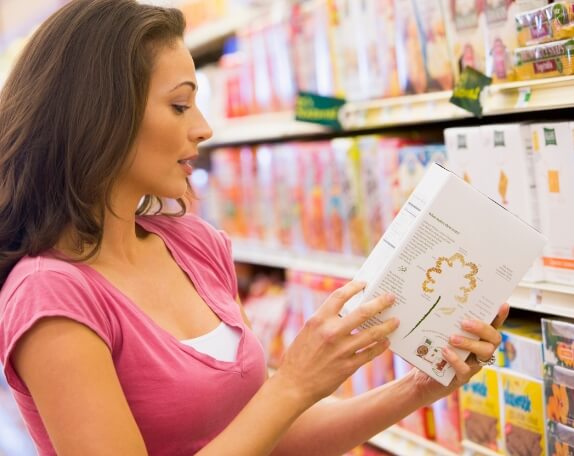
It was around this period of history, that the use of plastic truly began to take off. While strides in the development of plastic occurred during the 19th Century, by the 1920s, plastics were a common site in most households. In fact, the first plastic injection molding machines were developed in the mid-1920s. These were not as efficient or versatile as the equipment we use today, but they were able to create plastic food packaging more quickly than ever before.
By the 1950s, milk cartons and frozen food packaging were being created using plastics and the plastic food packaging industry kept expanding exponentially. As a manufacturer of plastic food packaging, we entered the scene in 1967 as a small family-owned business. We are still family-owned, but our business has grown to become a leading thermoforming company in the Northwest United States.
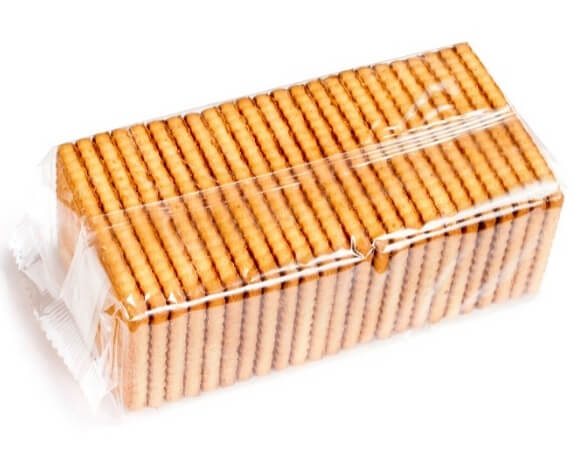
Using plastic materials for food packaging has many advantages. Plastic food packaging is inexpensive to create and very lightweight, which reduces shipping costs. Through the process of thermoforming, we can create virtually any size or shape of plastic food packaging, and we select food-friendly and beverage-friendly plastics that protect and preserve your products safely.
If you need plastic food packaging, don’t hesitate to give us a call. Our innovative design team will create custom food packaging that meets all of your needs as well as staying within your budget.
